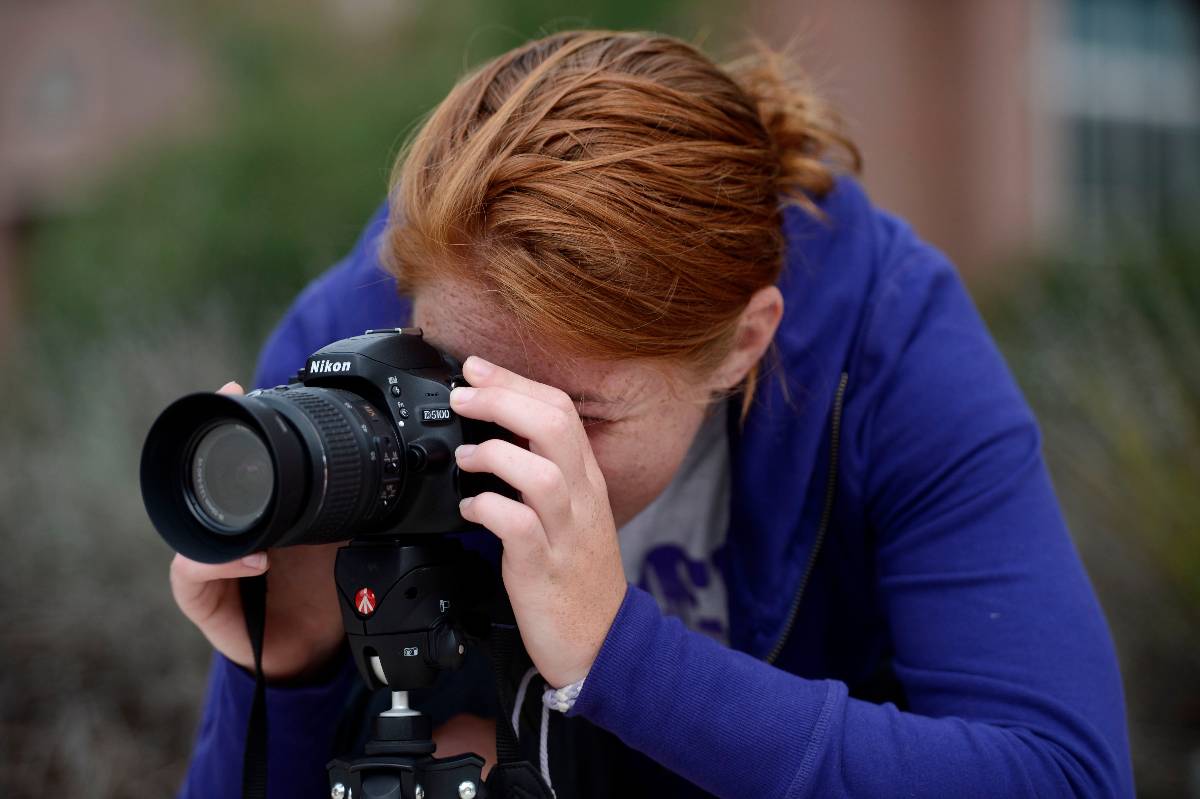Photography Safety

Photographic processing such as mixing, developing, stop bath, fixing, reducing, & intensifying involves a wide variety of chemicals that are corrosive to the skin/eyes and in some cases, toxic by inhalation. Good chemical hygiene procedures are essential during all types of processing.
Safety guidelines to minimize exposure to hazardous chemicals:
- Learn the specific hazards of what you are working with by reading the label and reviewing the Safety Data Sheets.
- Avoid toxic hazardous chemicals and substitute with less hazardous materials whenever possible.
- Always wear gloves and safety goggles when using acids, solvents, or bleach, and in any situation where there is a splash hazard or risk of flying materials.
- Maintain good ventilation and use the chemical fume hood.
- Be aware of the location of eye wash stations or other water source for drenching the skin and eyes.
- If a chemical splash to the eye occurs, immediately flush with water for a minimum of 15 minutes. Seek medical attention for any eye injury.
- Store acids below eye level and use secondary containers to prevent spills.
- Segregate the storage of incompatible chemicals - do not store acids and bases together and keep flammables separate from oxidizers/combustibles.
- When diluting acids always add the acid slowly into the water (not water into acid). Remember AA – Add Acid to the water slowly.
- Make sure all containers are properly labeled following GHS labeling guidelines. Include the chemical contents, the date of preparation, and any hazards such as flammable, corrosive, toxic, etc.